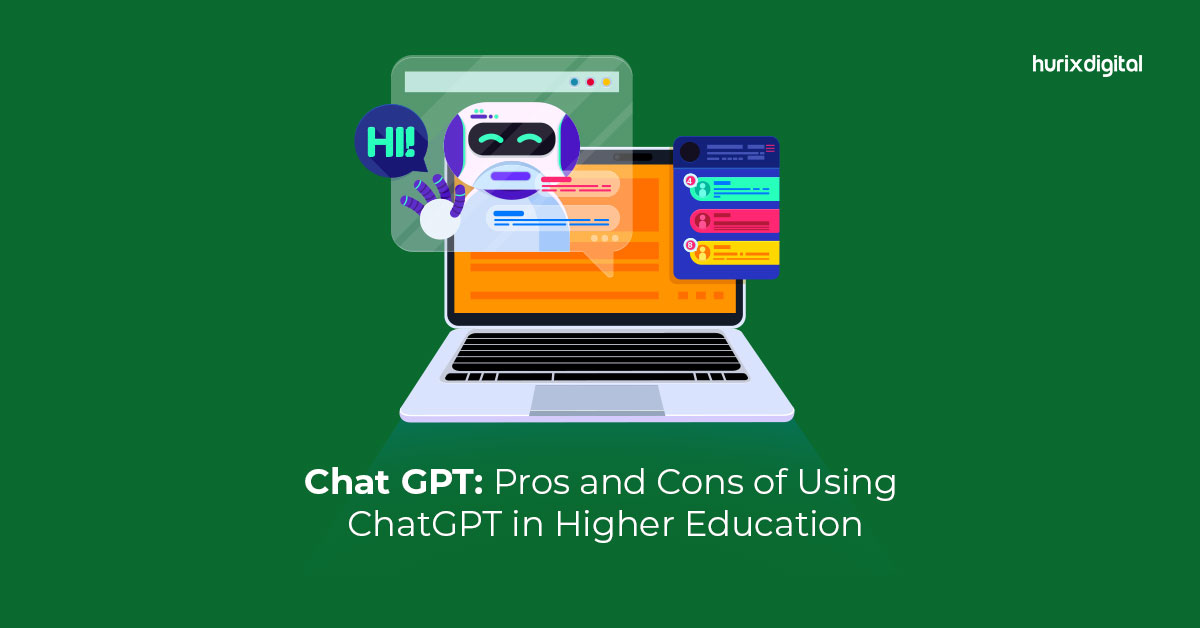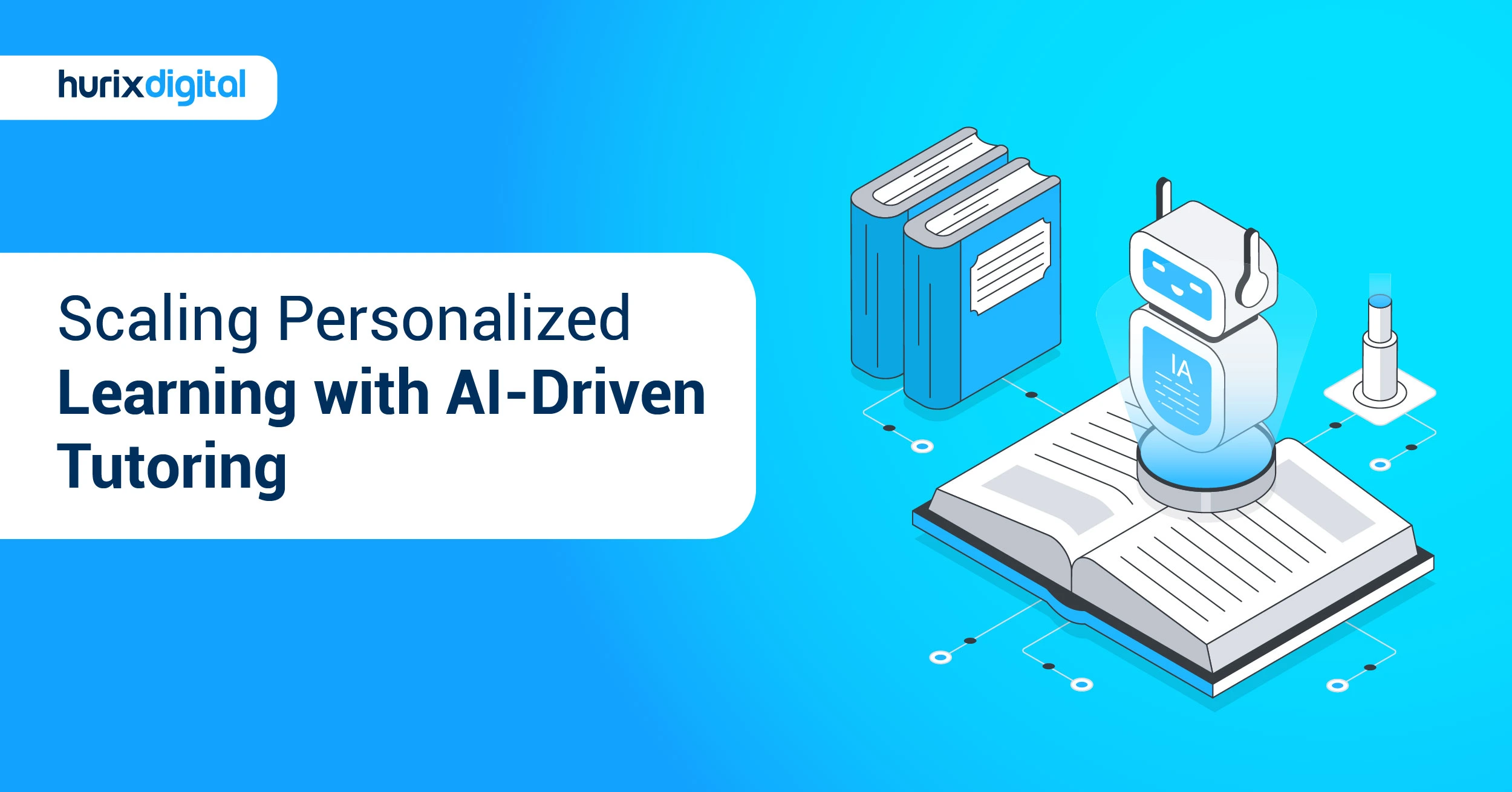
4 E-Learning Trends for the Future of the Higher Education System in 2024
Summarize with:
If e-learning were a brick-and-mortar institution, it would beat all other higher educational institutions, technical or general, in terms of the occupied area.
E-learning has emerged as a solid force to reckon with in recent times, and if the statistics are any indication, it is poised to become a $325 billion market by 2025. So, if you want to make your mark in the field of e-learning in higher education, now is probably the best time to do so.
To this end, let’s explore the trends and predictions you need to be abreast of to be better prepared.
Table of Contents:
- Top Higher Education e-learning Trends and Predictions for 2024
1. Higher Educational Institutions Will Invest More in E-Learning
2. Microlearning and Mobile Learning Will Become More Prevalent
3. AI and ML Will Rule E-Learning in Higher Education
4. Games and Simulations Will Make Learning More Immersive - What is the Future of eLearning?
- Conclusion
Top Higher Education e-learning Trends and Predictions for 2024
Online learning platforms for higher education increase learners’ retention levels to up to 60% compared to just 8% to 10% in traditional learning.
E-learning enables students to take control of their learning process. Unlike conventional classrooms, they can access educational resources whenever they want to. Hence, e-learning in higher education is built on the premise of flexible learning.
The following are the top trends and predictions for e-learning in 2024:
1. Higher Educational Institutions Will Invest More in E-Learning
No one can ignore that the pandemic has played an instrumental role in expanding the e-learning base. Learners love the convenience and flexibility offered by online learning platforms for higher education.
In a survey, 63% of participants confessed that they chose online programs because e-learning improved their work-personal life balance.
What makes this data unique is that 67% of e-learning beneficiaries live within 50 miles of the higher educational institution. This means that even students living within the educational institution’s vicinity also prefer e-learning.
The most predictable trend in higher education is that we can expect e-learning growth to continue faster than now. Both the number of students and online programs offered by higher educational institutions may witness a steep climb, making it more popular in times to come.
Read More: 8 Reasons Why Your Business Requires an eLearning Platform
2. Microlearning and Mobile Learning Will Become More Prevalent
Ever since online learning platforms for higher education became popular, content creators have found ingenious ways to make their educational resources more appealing.
One such technique is microlearning. Educators use microlearning to create small bite-sized courses through images, text, quizzes, video, audio, and exciting games.
For instance, before teaching an important subject, you can ask your learners to check a short instructional audio-visual to understand the basic premise of the lesson. Microlearning simplifies challenging topics and aids long-term retention.
Besides microlearning, mobile learning is also going to become bigger and better. In a survey, 60% of participants admitted that mobile learning is better because it makes learning more personalized and timely.
In fact, over 56% of participants showed an inclination towards on-demand learning. Even in 2019, the total number of mobile learners was higher than that of desktop learners.
Smartphones and other digital devices are thus the future because they make e-learning in higher education more flexible and accessible and simplify performance tracking.
So, now is the best time to invest in online platforms for higher education that are mobile-compatible and facilitate microlearning.
Read More: 7 Reasons Why You Should Revamp Your Old eLearning Courses
3. AI and ML Will Rule E-Learning in Higher Education
Artificial intelligence (AI) and machine learning (ML) have transformed the way computers decipher data.
Slowly but steadily, the higher education industry is also incorporating AI and ML to track data better and offer personalized services to students. It is estimated that the value of AI in education is expected to touch $6 billion by the end of 2024.
AI and ML boost e-learning in higher education by driving enrolments, streamlining operations, and fostering personalized learning.
You can also use these technologies to enable auto-recommendation systems by analyzing students’ profiles, behavior, and performance. Moreover, AI and ML are often used to suggest appropriate resources like simulations, videos, audio, and games, depending on the students’ receptibility.
Last but not least, you can utilize these technologies to minimize dropout rates and bring back distracted learners to the mainstream.
So, we can expect e-learning in higher education to get more personalized with the support of AI and ML and engage students by enhancing their motivation levels and reducing dropouts.
Read More: eLearning Authoring Tools: Why You Should Invest in Them?
4. Games and Simulations Will Make Learning More Immersive
Games are not new in the field of training. However, online learning platforms for higher education have started experimenting with this immensely successful strategy in e-learning. Gamification is nothing but adding some exciting games into e-learning modules to make higher education modules more engaging and immersive.
Like games, e-learning providers in higher education are investing more time in creating simulation-ready modules where learners can actively participate in the learning process. The simulation system enables learners to test the skills they acquire and become better in whatever they do.
However, despite being one of the most impactful strategies to improve the quality of learning, not everybody can utilize games properly. This is where competency-based education (CBE) and digital engineering and technology solutions providers come into the picture.
The providers enable higher education stakeholders to understand CBE and create content that prepares students for global competence.
Read More: 5 Things to Consider When Creating Custom eLearning Programs
What is the Future of eLearning?
The future of e-learning holds boundless possibilities, clubbed by advancements in technology and evolving educational needs. Augmented reality and virtual reality are likely to revolutionize learning experiences, transporting students to immersive digital environments. Personalized adaptive learning platforms will cater to individual learning styles, optimizing comprehension and retention. Collaborative tools and social learning networks will foster interactive engagement and global connectivity among learners.
Artificial intelligence will streamline administrative tasks and provide real-time feedback, enhancing the efficiency and effectiveness of online education. As barriers to access diminish, e-learning will continue to democratize education, empowering learners worldwide to pursue knowledge anytime, anywhere.
Conclusion
Thanks to online platforms for higher education, learning has transcended boundaries. As technologies evolve, you can expect higher education to be more interactive, personalized, engaging, collaborative, and intuitive.
Move over conventional learning since concepts and techniques like scenario-based learning, micro-learning, videos as a service, etc., are arriving to disrupt the normal.
The trends in e-learning in higher education look promising. A robust digital engineering and technology solutions provider can help you decode the essentials and be better prepared. Get in touch with us to learn more.
Summarize with:

Senior Vice President
A Business Development professional with >20 years of experience with strong capability to sell new solutions and develop new markets from scratch. New Market Entry Specialist with experience working in the largest emerging markets. Exceptional experience in conceptualizing, ideating and selling new learning technologies like VR AR, etc. across multiple industry verticals.
 Upcoming Masterclass | Build an Army of Brand Evangelists using Training & Development | November 20th, 8:30 AM PDT | 11:30 AM EDT | 10:00 PM IST
Upcoming Masterclass | Build an Army of Brand Evangelists using Training & Development | November 20th, 8:30 AM PDT | 11:30 AM EDT | 10:00 PM IST




